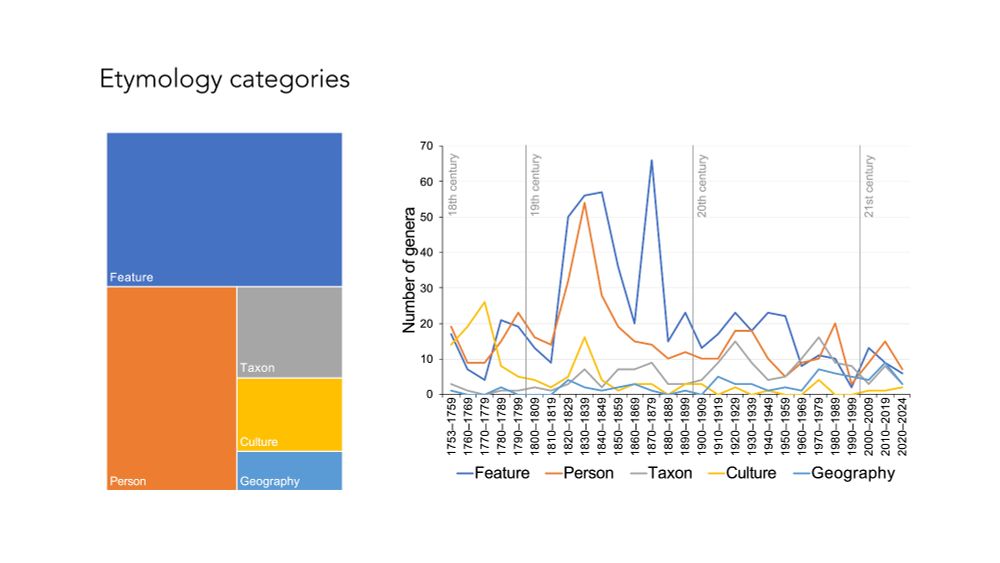Brecht Verstraete
@brechtverstraete.bsky.social
280 followers
140 following
28 posts
Botanist at Meise Botanic Garden @meisebotanicgarden.bsky.social | Editor in chief at Plant Ecology and Evolution @plecevo.bsky.social | #Rubiaceae
Posts
Media
Videos
Starter Packs
Reposted by Brecht Verstraete


















